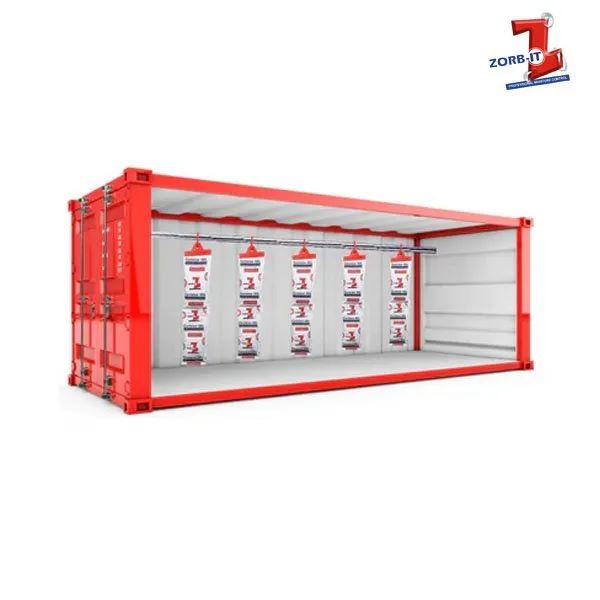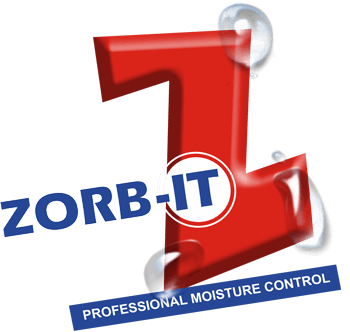How Moisture is Absorbed by Desiccants
Desiccants are substances that absorb moisture from their surroundings, keeping the environment dry. They come in various forms, including silica gel, activated charcoal, molecular sieves, and calcium chloride.
Silica gel is the most commonly used desiccant, made from silicon dioxide. It has a high surface area and can absorb up to 40% of its weight in moisture. Activated charcoal is another popular desiccant that can absorb moisture, gases, and odors. Molecular sieves are highly porous crystalline structures that can absorb moisture and other molecules based on size and shape. Calcium chloride is a highly effective desiccant that can absorb up to 300% of its weight in moisture.

How Desiccants Absorb Moisture
Desiccants work by adsorbing moisture molecules on their surface. Adsorption is the process by which molecules adhere to a surface. This is different from absorption, where molecules penetrate into a substance.
Desiccants have a high surface area, which means they have many adsorption sites for moisture molecules. When the moisture in the air comes into contact with a desiccant, the water molecules stick to the surface of the desiccant. As the desiccant adsorbs moisture, it becomes saturated and loses its effectiveness. Once a desiccant is saturated, it needs to be replaced or regenerated.
Regenerating Desiccants
Regeneration is the process of removing the moisture from a saturated desiccant, allowing it to be used again. There are various methods for regenerating desiccants, including heating, vacuum, and microwave.
Heating is the most common method for regenerating desiccants. By heating the desiccant, the moisture is released, and the desiccant is ready to be used again. Vacuum regeneration involves placing the desiccant in a vacuum chamber to remove the moisture. Microwave regeneration uses a microwave oven to heat the desiccant and release the moisture.
Benefits of Desiccants
Desiccants offer many benefits, including preventing corrosion, mold growth, and bacteria proliferation. They can also protect electronic devices from moisture damage, extend the shelf life of food products, and maintain the quality of pharmaceutical products.
Desiccants are also environmentally friendly and safe to use. They do not emit harmful chemicals or substances and can be disposed of with regular household waste.
Frequently Asked Questions
How long do desiccants last?
The lifespan of a desiccant depends on various factors, including the type of desiccant, the amount of moisture in the environment, and the size of the desiccant. As a general rule, desiccants can last anywhere from a few weeks to several months.
Can desiccants be reused?
Yes, desiccants can be regenerated and used again. However, not all desiccants can be regenerated, so it’s essential to check the manufacturer’s instructions.
How do I know when a desiccant is saturated?
Desiccants change color when they become saturated. For example, silica gel turns from blue to pink when it is saturated.

